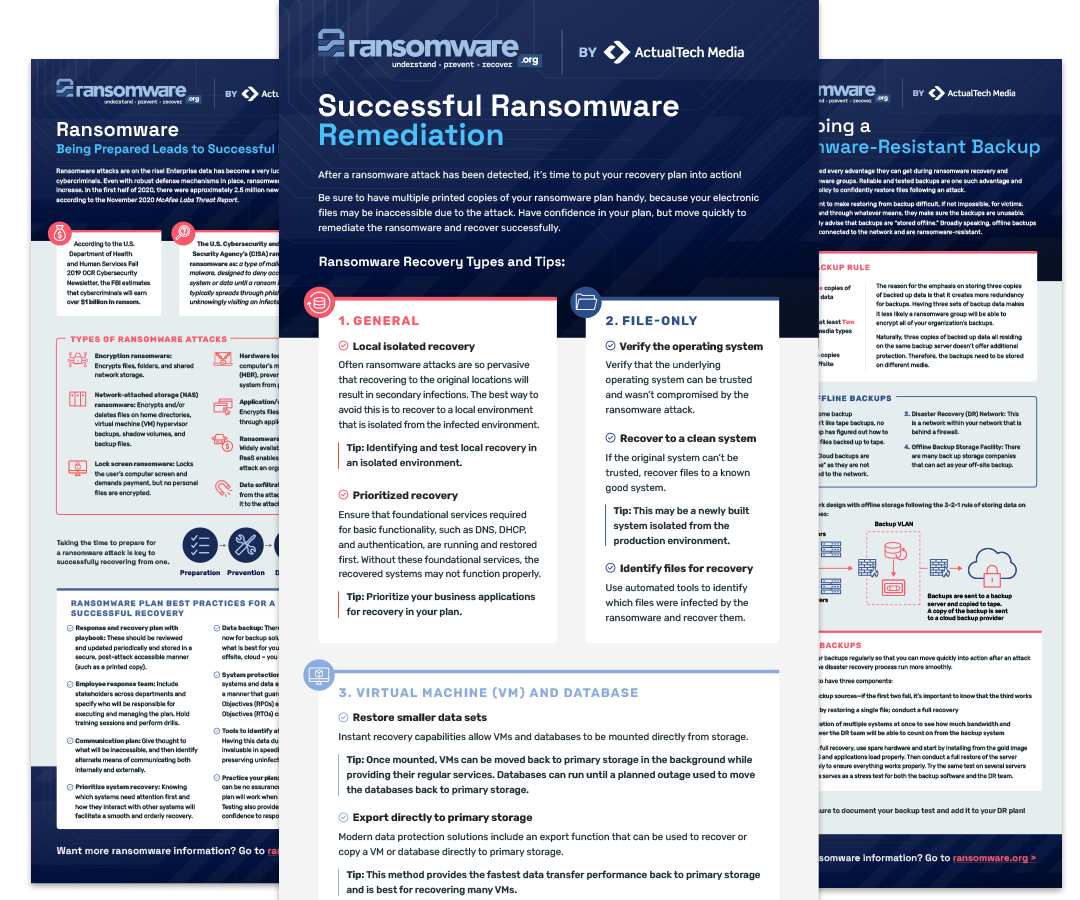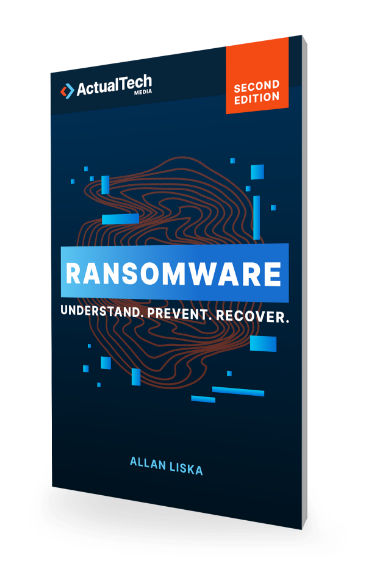
Download The "How To Recover From Ransomware" Cheat Sheet
Grab this free PDF resource on how to prevent Ransomware
Home » How To Remove Ransomware? » Recovering From A Ransomware Attack » Your Initial Response
It happened. Despite the organization’s best efforts, the ransomware actor bypassed all the defenses and went undetected in the network. Now the organization is under an active ransomware attack. One by one, network segments are going offline, and the phones of both the head of IT and security are blowing up with panicked employees asking what to do. In some cases, printers may be going crazy spitting out ransomware notes.
Senior leadership and the board of directors are calling.
The ransomware attack has started, and a lot of damage has already been done. As tempting as it is to find a desk to hide under, now is not the time. At this point, the only thing the IT and security teams can do is work to limit the damage. And, yes, the damage can be limited if the organization is able to act quickly.
Consider this page to be tied to the “Implementing DR and IR Plans” page. The activities in this chapter will flow right into that page as a continuation of initial response to incident response (IR) and disaster recovery (DR).

It’s the ransomware resource you can’t afford to be without. 437 Pages of ransomware know-how. Stay ahead of the cybercriminals: get your copy now!


